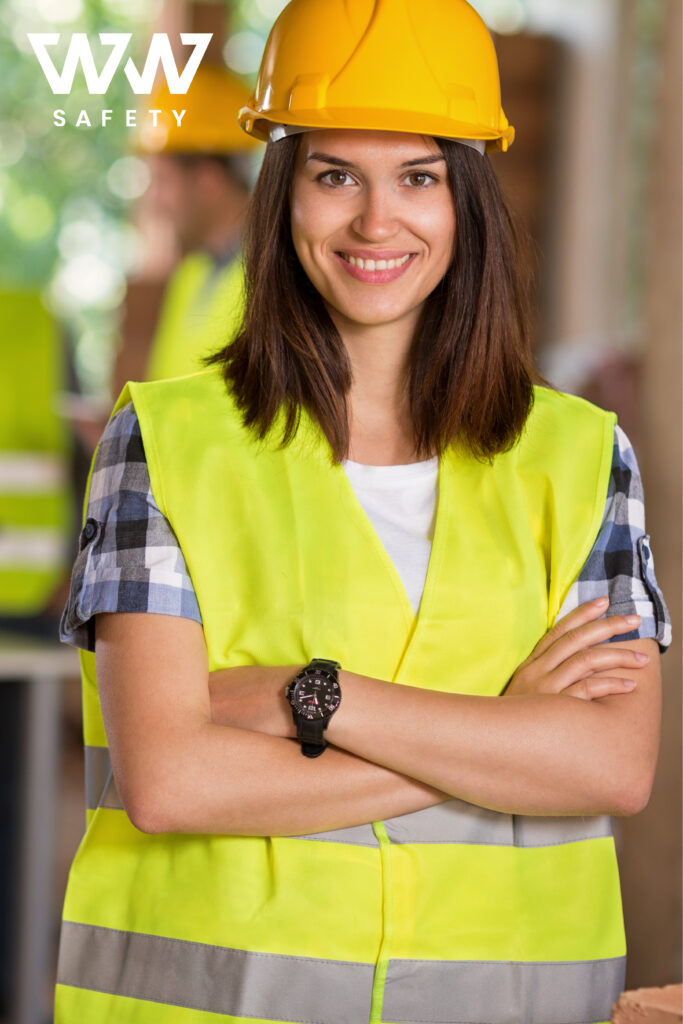In any workplace, ensuring the safety and well-being of employees is paramount. One critical aspect of workplace safety is the identification and provision of Personal Protective Equipment (PPE) tailored to your specific job tasks and environment. It is important to have a robust workplace safety program that not only prevents accidents and injuries but also fosters a culture of responsibility and care among employees. Here’s how to create a workplace safety program that identifies all PPE needs for various work environments:
- Conduct a Comprehensive Risk Assessment: Begin by conducting a thorough risk assessment of all work environments within your organization. Identify potential hazards, such as chemical exposure, electrical risks, physical hazards, and biological agents. Assess the likelihood and severity of each hazard to prioritize areas for PPE implementation.
- Involve Employees: Engage employees at all levels in the process of identifying hazards and selecting appropriate PPE. They are often the ones directly exposed to workplace risks and can provide valuable insights into the effectiveness of existing safety measures and potential areas for improvement.
- Research Applicable Regulations and Standards: Familiarize yourself with local regulations and industry standards like ANSI and ASTM regarding PPE requirements. These guidelines will serve as a baseline for your safety program and ensure compliance with legal obligations.
- Customize your boot and PPE Selection features: Not all PPE is suitable for every job task or environment. Tailor PPE selection is based on the specific hazards identified during the risk assessment. This may include safety shoes, glasses, gloves, helmets, respiratory protection, hearing protection, fall protection, and specialized clothing such as flame-resistant garments or chemical-resistant suits.
- Provide Training and Education: Implement comprehensive training programs to educate employees on the proper use, maintenance, and limitations of PPE. Training should cover topics such as how to correctly use PPE, perform equipment inspections, and respond to emergencies while wearing protective gear.
- Regularly Review and Update: Stay informed. Workplace hazards can evolve over time due to changes in processes, equipment, or environmental conditions. Conduct regular reviews of the safety program to identify new hazards and ensure that existing PPE remains effective and appropriate.
- Establish Clear Procedures: Develop clear procedures for assessing PPE needs for new job tasks or work environments. Outline the process for selecting, procuring, and distributing PPE, as well as protocols for monitoring compliance and addressing non-compliance.
- Encourage Reporting and Feedback: Create a culture where employees feel comfortable reporting safety concerns and providing feedback on the effectiveness of PPE. Establish mechanisms for reporting near-misses, incidents, and hazards promptly, allowing for timely corrective action.
- Provide Adequate Resources: Allocate sufficient resources, including budgetary allocations and personnel, to support the implementation and maintenance of the workplace safety program. Investing in high-quality PPE and training programs demonstrates a commitment to employee well-being and fosters trust among staff.
- Lead by Example: Leadership commitment is essential for the success of any workplace safety program. Demonstrate a commitment to safety by actively participating in safety initiatives, adhering to PPE requirements, and promoting a safety-first mindset throughout the organization.
Creating a workplace safety program that identifies all PPE needs for various work environments requires careful planning, collaboration, and ongoing commitment. By conducting thorough risk assessments, involving employees, adhering to regulations, and providing comprehensive training, you can mitigate workplace hazards and protect the health and safety of your team. Remember, workplace safety is everyone’s responsibility, and a proactive approach safe productive and happy on the job.





